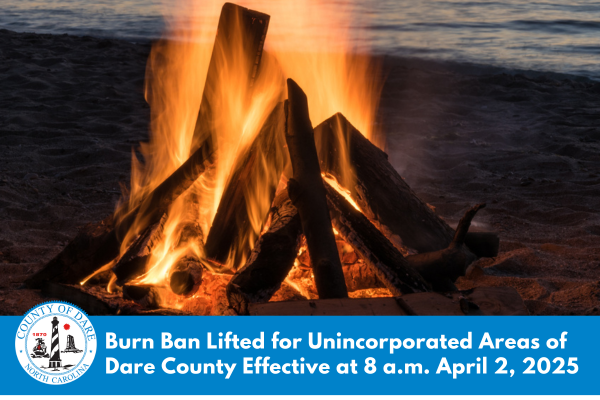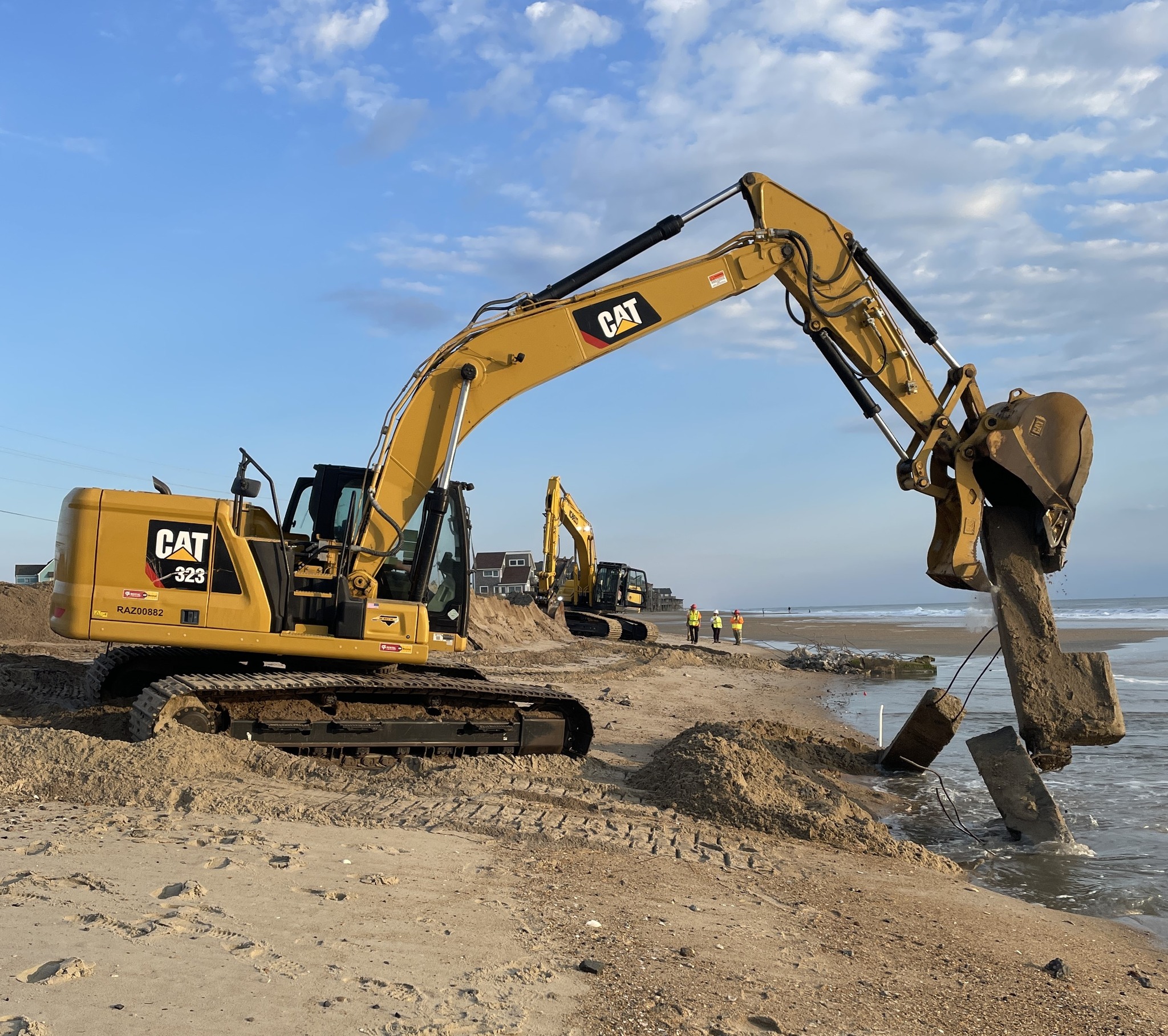Guest Column: A report on the public meeting on wind-turbine project

By TOM HRANICKA
By TOM HRANICKA
On Thursday, March 19, the U.S. Army Corps of Engineers (USACE) had a “scoping” meeting at the Dare County Justice Center in Manteo. The purpose of the meeting was to gather input on issues and concerns that the public and various stakeholders thought should be addressed in the Environmental Impact Statement (EIS) that the Corps is requiring Duke Energy to complete as part of the permitting process for the Pamlico Sound wind-turbine pilot project. It was not a public hearing to address the pros and cons of the project.
The meeting was chaired by David Lekson of the U.S. Army Corps of Engineers’ Washington, N.C., Regulatory Field Office. Introductory presentations were given by Colonel Jefferson Ryscavage, commander of the Wilmington District USACE; Scott McLendon, acting chief, Wilmington District USACE; and Spencer Hanes, project sponsor, Duke Energy. Arcadis U.S., Inc., the environmental consulting firm that will do much of the analysis of the project, had representatives present but none spoke.
The introduction to the meeting was followed by two breakout sessions in which the attendees were asked to list the issues and concerns that they thought should be studied in the EIS. A complete list of the issues identified is available on the links at the end of this article.
Also, on display at the meeting were three artists’ renderings of what the proposed turbines might look like from the shore at Avon harbor, the Sandbar and Grille restaurant in Buxton, and the soundside shore across Highway 12 from the Frisco Pier. Two additional informational handouts and a form for comments follow this article.
The meeting was very informative and professionally managed. By the end of the evening any questions or concerns about the project by the audience were recorded. As you can see from the lists from the breakout sessions, almost 100 issues were identified as relevant to the pilot project and to the fully built-out project of up to 138 wind turbines.
Information concerning the project is dynamic and can change over time.
One example relates to the size and height of each wind turbine. The Duke Energy handout states that the turbine towers will be “approximately 260 feet from the water level to the center of the blades. The lowest blade tip height is approximately 75 feet above the water, and the tallest blade tip is approximately 440 feet above the water level. In comparison, the Cape Hatteras Lighthouse is 208 feet tall.”
A recent update from the UNC-Chapel Hill office responsible for the university’s involvement in the project estimates the height from the water surface to the center of the blades (the nacelle) to be between 264 feet and 333 feet. The blades now being used are about 165 feet in length. Therefore, the lowest point of the blades above the water would be 99 feet to 168 feet, depending on the height of the tower, and the highest point of the blade tip above the water would be between 429 feet and 498 feet.
In terms of size, the planned turbines are clearly nothing like the spindly wind turbines that we see on Bodie Island or beside the Outer Banks Brewing Station in Kill Devil Hills.
One observation about the meeting that gave me pause for concern was the very small number of Hatteras Island residents who were present.
I should like to suggest that if we are to avoid the experiences of other communities around the country that initially supported wind energy projects and then had second thoughts after the projects became a reality, it is essential that the residents of Hatteras Island and property owners participate in the meetings and become well-educated on the issues so that they can make informed decisions when the time for public hearings arrives.
Written comments concerning issues that you think should be addressed in the Environmental Impact Statement may be submitted until April 2. Comments may be sent to: U.S. Army Corps of Engineers, Wilmington District, Regulatory Division, Attn: File Number SAW 2009-01880, P.O. Box 1000, Washington NC 27889-1000.
(Tom Hranicka is a long-time resident of Hatteras Island and a real estate broker. He may be reached by e-mail at hranicka@hatterasisland.com)
FOR MORE INFORMATION
Click here for fact sheets, maps, more Web contacts, and lists of questions about the project posed by those who attended the public scoping meeting.
These materials may be viewed on the project Web site at http://www.saw.usace.army.mil/WETLANDS/Projects/Duke_Wind/index.html.
Subject
Name
(required, will not be published)
(required, will not be published)
City :
State :
Your Comments:
May be posted on the Letters to the Editor page at the discretion of the editor.
May be posted on the Letters to the Editor page at the discretion of the editor.
May be posted on the Letters to the Editor page at the discretion of the editor.
May be posted on the Letters to the Editor page at the discretion of the editor.













